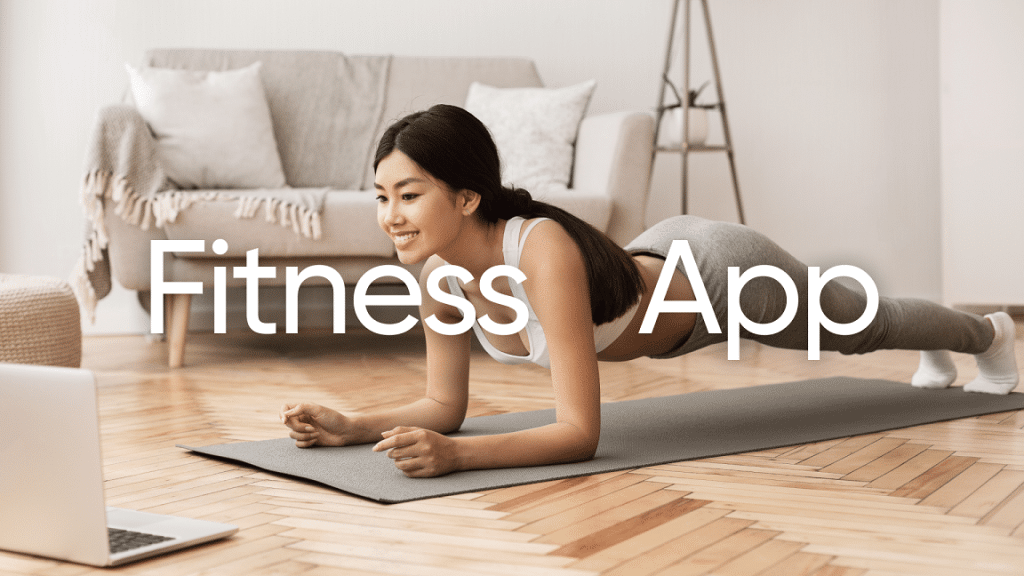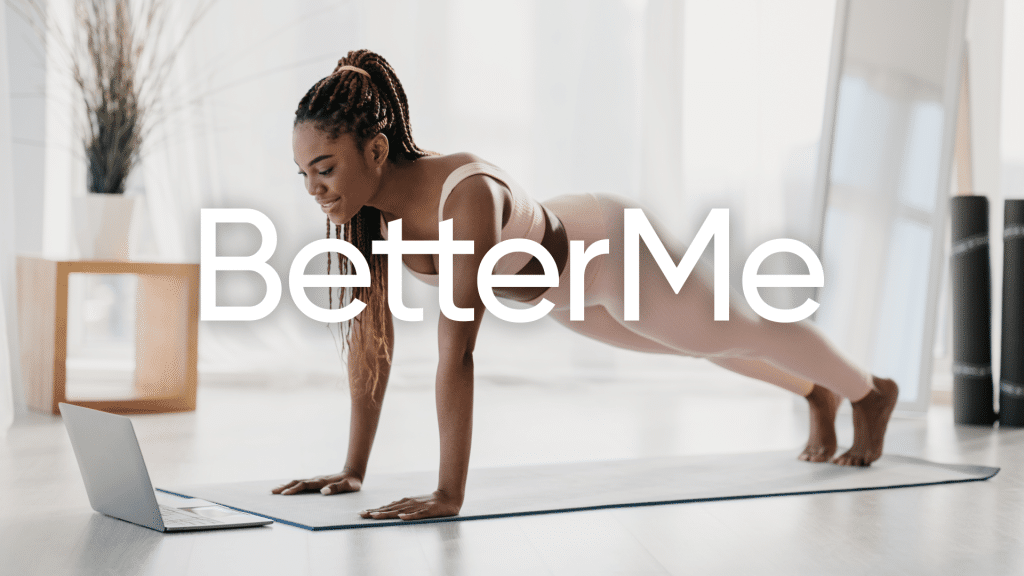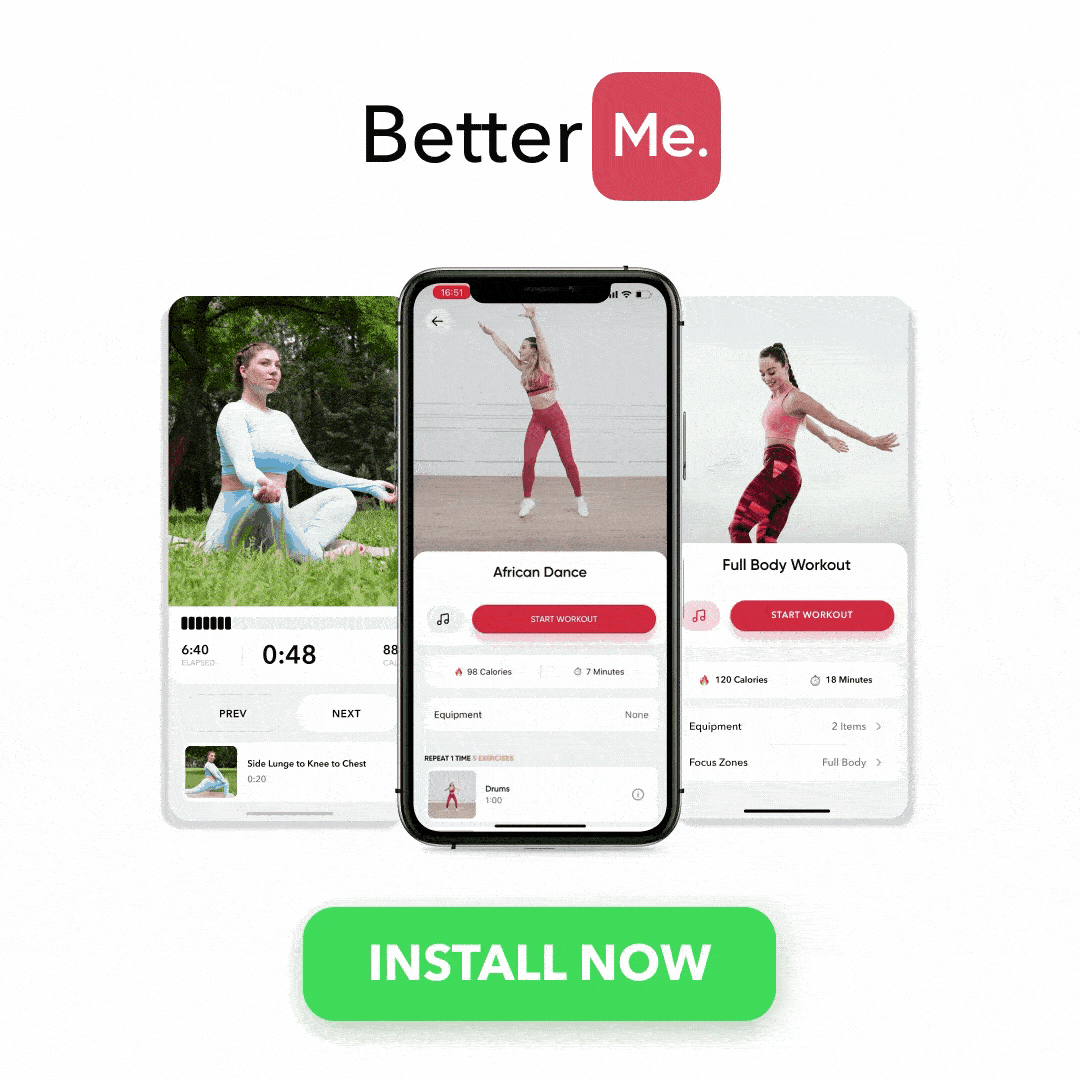In the world of health and fitness, stretching is one of the least talked about parts of any workout routine. According to the Harvard School of Medicine, it is also one of the much less rigorously studied forms of exercise, and thus the science behind it is not as strong. However, this does not mean that it is not an important part of a workout routine or even day-to-day life.
In this article, we are going to explain the most common stretching techniques, thereby enabling you to understand them well enough that you can incorporate them into your life, not only to improve your flexibility but also to reap the other fantastic benefits of stretching.
What Are The Best Stretching Techniques?
When it comes to selecting the best stretching techniques for a particular goal or outcome, scientific research remains divided on the matter (2). The one thing that science remains united on is the fact that stretching exercises should be done by all and have incredible benefits.
The Benefits Of Stretching
The benefits that come with stretching are vast. Not only are they good for your physical health, but research has shown that stretching exercises can also help improve your mental health. Here are some reasons why adding stretching exercises to your routine is a good idea:
Increased Flexibility And Range Of Motion
If you have been wondering, “how to become more flexible” or “how to increase flexibility in your muscles and/or joints”, then trying out some of the above-mentioned stretching techniques is the answer that you have been looking for.
A point to note is that flexible joints and muscles are not just good for doing impressive yoga poses, in fact, simple daily tasks such as bending over to pick up something or reaching up to a cupboard require flexibility.
Flexibility is especially important in older adults. A study published online in 2013 showed just how much older people between the ages of 55 to 86 years old had lost flexibility in their shoulders and hips, which can lead to decreased range of motion. Therefore mobility limitations (5).
A 2011 study by the American College of Sports Medicine showed that if people regularly did stretching exercises, they would greatly reduce their level of reduced flexibility even as they aged more (8).
Read More: Yoga Poses For Flexibility:You’ll Be Twisting Yourself Into A Human Pretzel In No Time!
Improved Posture
According to nhs.uk, every day, we unconsciously commit several posture mistakes that end up ruining our posture and could even lead to back pain. These mistakes include slouching in chairs, standing with a flat back, leaning on one leg, hunching our backs to look down at phones, poking out the chin, etc.
Stretching your body, especially the back, shoulders, and chest can go a long way in reliving the tight muscles and pain caused by bad posture.
- Improved circulation to muscles. A 2018 study done on aged rats showed that daily muscle stretching increases blood flow to skeletal muscle during exercise (3).
- Reduced pain after working out. If you are wondering whether to include stretching techniques before walking or exercising, the answer is yes. A 2011 review of the effectiveness of stretching to prevent or reduce muscle soreness after exercise, showed that doing this before, after, or before and after exercising helped reduce muscle soreness from anywhere between a day to over a week after working out (9).
Popular Stretching Techniques To Add To Your Routine
According to a study done by the International Journal of Sports Physical Therapy, there are about 3 main stretching techniques that are commonly used in literature. These are static, dynamic, and PNF stretching- with static and dynamic being the most well-known of the three (2).
Static Stretching
This involves placing the joint in a position so that the muscles and connective tissues are stretched while held in a static position with the tissues at their greatest length. A static stretch can be either active, where you use your own body and muscles to hold the stretch, or passive, whereby a person helps you by holding on to, pulling, or pushing to help you with the stretch.
It is recommended that a static stretch be held for 15 to 30 seconds. Despite the popularity of this stretch, it has been faced with a lot of controversy with many claiming that it is harmful to strength and performance.
However, one study published in 2019 stated that this long-held notion is untrue. Researchers claimed that this is untrue and suggested that static stretching should be incorporated in warm-ups before recreational sports activities due to its potential positive effect on flexibility and prevention of muscle and tendon injuries (1).
BetterMe app will provide you with a host of fat-frying fitness routines that’ll scare the extra pounds away and turn your body into a masterpiece! Get your life moving in the right direction with BetterMe!
Dynamic Stretching
These are said to be active movements that involve moving a limb, joint, or muscle through their full length of motion. They are continuous movement patterns that mimic the exercise or sport to be performed, which means that they are often done as a warm-up before an exercise.
Some examples of dynamic stretches would include:
- Doing high knees before participating in a race
- Moving your arms in circles before swimming
- Doing lunges before running, etc.
The use of dynamic stretching techniques has been found to help reduce muscle injuries, increase joint flexibility, reduce passive stiffness, and optimize performance (4).
Proprioceptive Neuromuscular Facilitation
Also known as PNF for short, this is a pre-contraction technique that involves a contraction of the muscle being stretched or its antagonist before stretching. According to a 2006 study review, the Proprioceptive Neuromuscular Facilitation stretching techniques are often used in athletic and clinical environments to enhance both active and passive range of motion to improve motor performance and rehabilitation (7).
Another study published online six years later in 2012 agreed with the findings of the 2006 review. This newer study also stated that when PNF stretches are done before exercise, they tend to decrease performance in exercises that require maximum effort. However, if the same were to be done consistently after a workout the results are the opposite with researchers seeing an increase in athletic performance and range of motion (6).
PNF stretching techniques are said to help increase your range of motion by increasing the length of the muscle and increasing neuromuscular efficiency. The effects of this can last for 90 minutes or more; for best results, each stretch should be held for 3 to 10 seconds, with 6 seconds being the optimal stretch time.
Read More: Perform These Groin Stretches To Improve Flexibility
Ballistic Stretching
This involves using the momentum of a moving body or limb in an attempt to force it beyond its normal range of motion. It requires rapid, alternating movements, or “bouncing” at the end range of motion (i.e., bouncing in and out of a stretched position).
According to healthline.com, while ballistic stretching is known to help increase the range of motion for athletes, it should only be limited to them. Because ballistic stretches extend the muscles and tendons through a larger range of movement. They also increase the risk of straining or pulling a muscle.
How To Create A Stretching Routine?
If you are wondering “how to stretch more/better” or would like to add more stretching exercises to your day-to-day life, experts at the American College of Sports Medicine (ACSM) give the following guidelines for stretching and flexibility:
- Frequency. Adults are encouraged to do stretching exercises two to three times a week, however, daily stretching is considered to be most effective.
- Intensity. You should stretch to the point of feeling tightness or slight discomfort. If you start feeling pain, stop!
- Time. The ACSM suggests that adults should hold a static stretch for 10 to 30 seconds. However, seniors are encouraged to hold a stretch for 30 to 60 seconds as this could offer better flexibility.
- Type of stretching exercises. You should aim to stretch all the major muscle-tendon groups, which are those in the neck, shoulders, chest, trunk, lower back, hips, legs, and ankles.
The Bottom Line
While stretching techniques may have different names, at the end of the day, they all work in the same way and are a great way to improve your flexibility and range of motion in limbs, joints, and muscles. If you choose to incorporate either of the above-mentioned techniques in your routine, please be sure to look up the correct form of doing them or even enlisting the help of a professional so you may prevent injury and achieve optimal results.
DISCLAIMER:
This article is intended for general informational purposes only and does not address individual circumstances. It is not a substitute for professional advice or help and should not be relied on to make decisions of any kind. A licensed physician should be consulted for the diagnosis and treatment of any medical condition. Any action you take upon the information presented in this article is strictly at your own risk and responsibility!
SOURCES:
- Acute Effects of Static Stretching on Muscle Strength and Power: An Attempt to Clarify Previous Caveats (2019, ncbi.nlm.nih.gov)
- CURRENT CONCEPTS IN MUSCLE STRETCHING FOR EXERCISE AND REHABILITATION (2012, ncbi.nlm.nih.gov)
- Daily muscle stretching enhances blood flow, endothelial function, capillarity, vascular volume and connectivity in aged skeletal muscle (2018, pubmed.ncbi.nlm.nih.gov)
- Dynamic Stretching Has Sustained Effects on Range of Motion and Passive Stiffness of the Hamstring Muscles (2019, ncbi.nlm.nih.gov)
- Flexibility of Older Adults Aged 55–86 Years and the Influence of Physical Activity (2013, ncbi.nlm.nih.gov)
- Proprioceptive Neuromuscular Facilitation (PNF): Its Mechanisms and Effects on Range of Motion and Muscular Function (2012, ncbi.nlm.nih.gov)
- Proprioceptive neuromuscular facilitation stretching : mechanisms and clinical implications (2006, pubmed.ncbi.nlm.nih.gov)
- Quantity and Quality of Exercise for Developing and Maintaining Cardiorespiratory, Musculoskeletal, and Neuromotor Fitness in Apparently Healthy Adults (2011, journals.lww.com)
- Stretching to prevent or reduce muscle soreness after exercise (2011, pubmed.ncbi.nlm.nih.gov)














